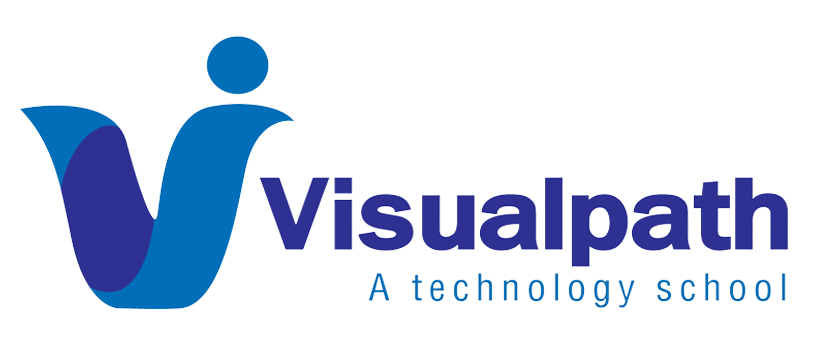Azure Machine Learning (Azure ML) simplifies this by offering tools and automation capabilities to streamline model training. With Azure ML, organizations can automate the entire model training lifecycle, from data preparation to model deployment. In today’s data-driven world, businesses are leveraging machine learning (ML) to gain insights and make data-driven decisions. However, training ML models can be a complex and time-consuming process.
This article explores how Azure Machine Learning automates model training, covering key features, benefits, and a step-by-step approach to implementing automation.
Why Automate Model Training with Azure Machine Learning?
Automating ML model training using Azure Machine Learning brings several advantages: Microsoft Azure AI Online Training
- Efficiency: Reduces manual effort and speeds up model training.
- Scalability: Handles large datasets and complex models efficiently.
- Reproducibility: Ensures consistent results by automating the training process.
- Optimization: Uses hyperparameter tuning and AutoML to find the best model.
- Seamless Deployment: Integrates with Azure services for easy deployment.
Key Azure ML Features for Automating Model Training
Azure Machine Learning provides several features to automate model training:
1. Azure ML Pipelines
Azure ML pipelines allow users to define workflows that automate each step of model training, including data preprocessing, feature engineering, model training, evaluation, and deployment.
2. Automated Machine Learning (AutoML)
Azure AutoML automates model selection and hyperparameter tuning. It evaluates multiple algorithms and configurations to determine the best-performing model.
3. Azure ML SDK & CLI
Developers can use the Azure ML SDK for Python and the Azure ML CLI to script and automate model training tasks programmatically. Azure AI Engineer Training
4. Hyperparameter Tuning with HyperDrive
Azure HyperDrive automates hyperparameter tuning by running multiple training jobs with different parameter configurations to optimize model performance.
5. Azure ML Compute Clusters
Azure ML provides compute clusters that automatically scale based on the workload, ensuring efficient training without manual resource management.
Steps to Automate Model Training Using Azure ML
Step 1: Set Up an Azure Machine Learning Workspace
- Log in to the Azure Portal. AI 102 Certification
- Create an Azure Machine Learning workspace.
- Configure Azure ML Compute for training models.
Step 2: Prepare and Upload Data
- Store training data in Azure Blob Storage or Azure Data Lake.
- Use Azure ML Dataset to manage and preprocess data.
Step 3: Define an ML Pipeline
- Use Azure ML SDK or Azure ML Studio to create a pipeline.
- Define pipeline steps such as data ingestion, transformation, model training, and evaluation.
- Configure pipeline execution and monitoring.
Step 4: Automate Model Training with AutoML
- Use Azure AutoML to experiment with different algorithms.
- Select classification, regression, or time-series forecasting as the task type.
- Let AutoML analyze multiple models and choose the best one.
Step 5: Optimize Hyperparameters Using HyperDrive
- Define hyperparameter search space. Microsoft Azure AI Engineer Training
- Use HyperDrive to run multiple training experiments.
- Identify the best hyperparameters based on evaluation metrics.
Step 6: Deploy and Monitor the Model
- Deploy the trained model as an Azure ML web service or an Azure Kubernetes Service (AKS) endpoint.
- Use Azure ML Monitoring to track model performance.
- Automate retraining based on new data.
Conclusion
Azure Machine Learning makes it easy to automate model training using powerful tools like AutoML, HyperDrive, and Azure ML Pipelines. By leveraging these features, businesses can train high-quality models faster, optimize performance, and ensure continuous model improvement.
If you’re looking to streamline your AI and ML workflows, Azure Machine Learning is a robust platform that provides scalability, efficiency, and automation capabilities to accelerate your machine learning journey.
Trending courses: AI Security, Azure Data Engineering, Informatica Cloud IICS/IDMC (CAI, CDI)



